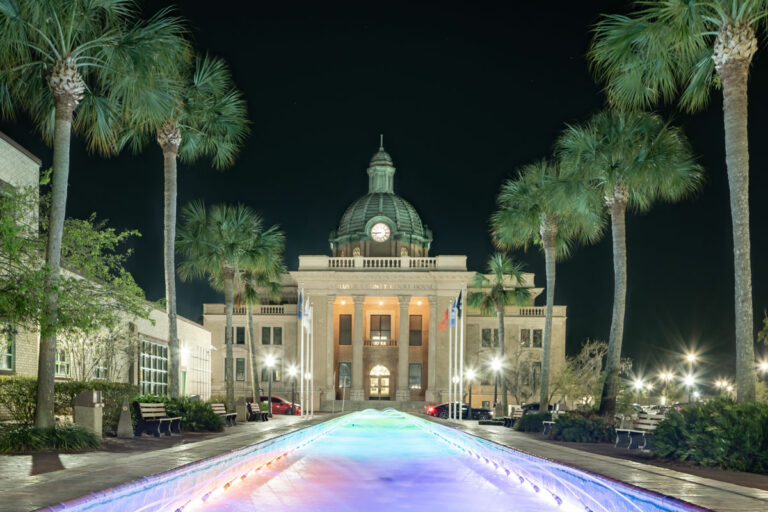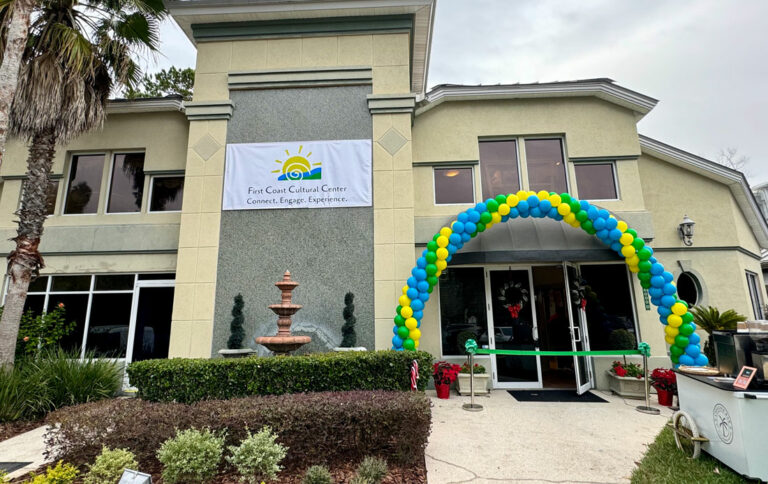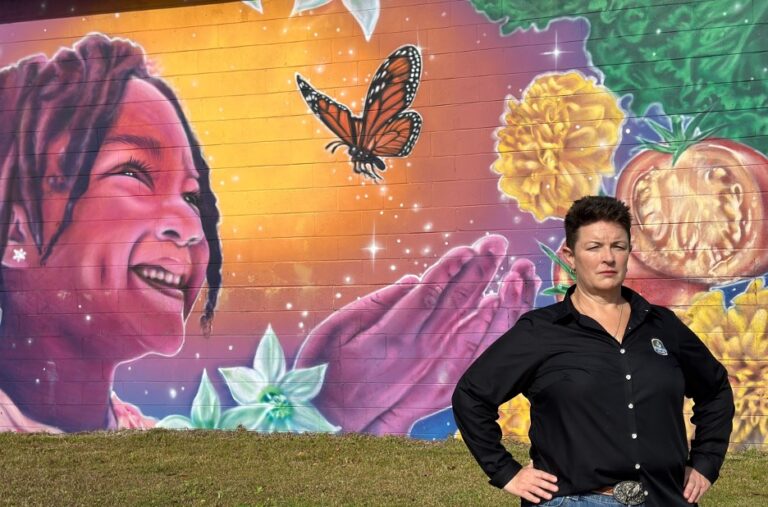The Apartment Renaissance
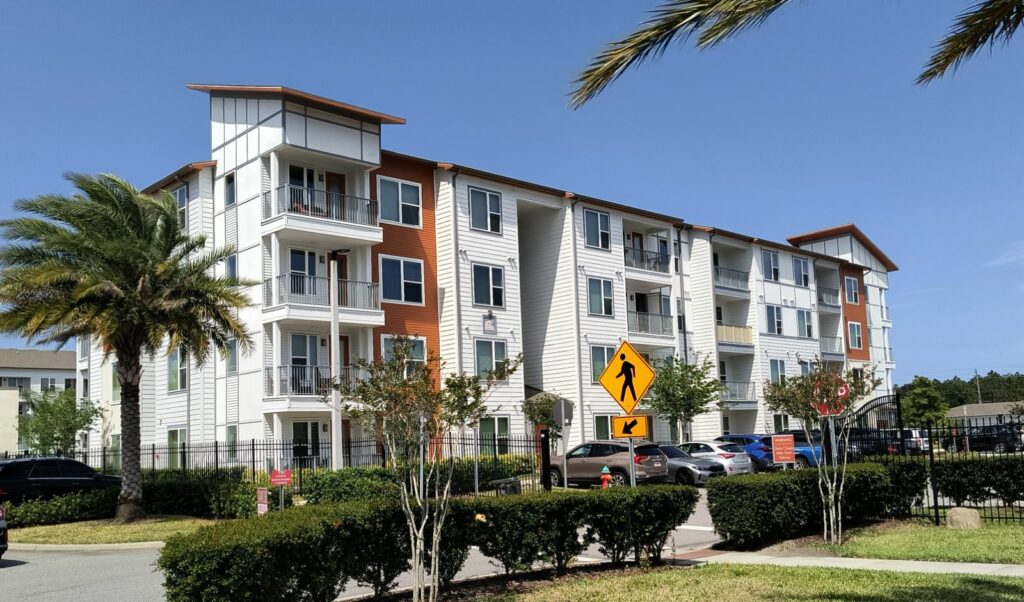
New apartment complexes are fast becoming common — and prominent — fixtures throughout Volusia’s landscape, extending from open undeveloped areas to urban infill districts.
Just in the past four years, more than 7,800 units have been built or are under construction across the county. And many more are being planned.
MULTI-FAMILY GROWTH PATTERNS — In East Volusia, the most noticeable are groupings of eight large apartment complexes throughout the fast-growing western portion of Daytona Beach —within the LPGA, Clyde Morris and Williamson boulevards. Each project has hundreds of units, being promoted as “luxury apartments” with monthly rents ranging from $1,800 to well above $2,000. And Daytona Beach planners report there are 14 other complexes moving through the process, totaling more than 3,800 additional units.
Other cities are also experiencing this multi-family rental growth. In Port Orange, more than 2,000 units have been built or are in the works during the past decade. That’s compared to none in the 10 years prior, according to Planning Director Tim Burman. South Daytona is in the planning stages for almost 1,500 units within four complexes – as well as condominiums, town homes, and marinas – as part of the city’s redevelopment along the US1 corridor. Other urban infill projects are being proposed on International Speedway Boulevard and downtowns such as Daytona Beach and DeLand.
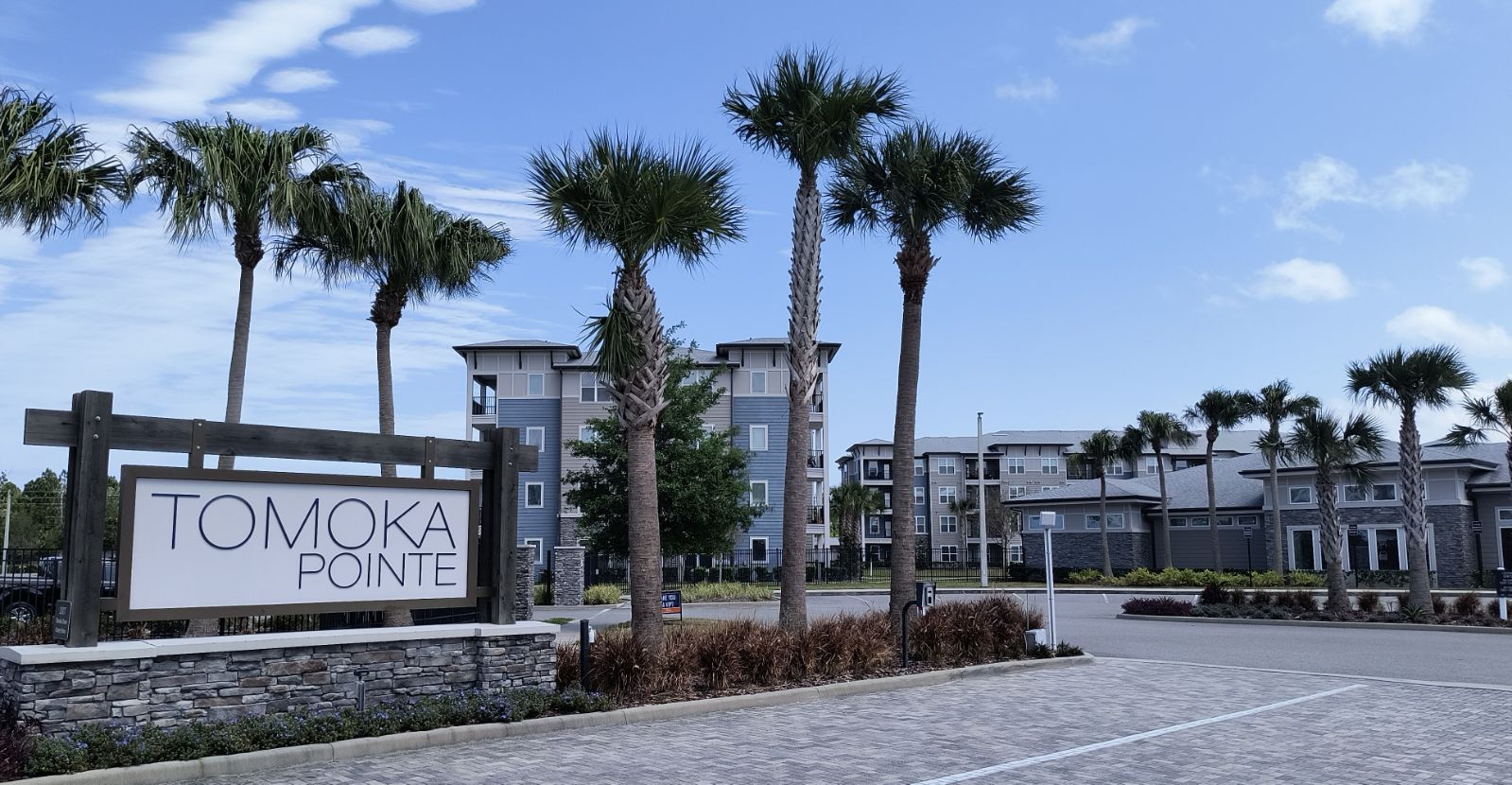
The local surge in apartment production mirrors a national trend, with almost 440,000 units built last year, according to RealPage Market Analytics, a multi-national software provider for the real estate industry.
Volusia County’s apartment boom is partly connected to the county’s position as a “tertiary” and emerging market, according to Real Estate Professional Luke Wickham. As Senior Managing Director of Investments, International Property Advisors, Orlando, Wickham is highly accomplished in major apartment and condominium transactions throughout Central Florida, including Volusia County.
Developers are turning to markets like Daytona Beach as land is becoming more scarce in major metro-areas like Orlando, Tampa and Miami, he says. And “the steady in-migration of residents from outside Florida has helped propel the multi-family sector over the last several years.”

TRAFFIC AND TRANSPORTATION — The location of an apartment complex is vital to a quality development and its impact on the surrounding area, emphasizes Traffic Engineer R. Sans Lassiter, president of Lassiter Transportation Group (LTG), based in Ormond Beach. “You want access to as many roadways as you can,” he says. “The better the grid system, the better the traffic pattern.” In addition, Lassiter stresses the importance of nearby mixed uses, “anything that complements and provides an attraction for the development,” such as restaurants, stores and services. He calls it the transportation version of “low impact development.”
Port Orange Planner Burman agrees, noting that all of the city’s complexes are in areas as planned for multi-family uses — on major corridors and buffers between single-family and commercial.
Burman also points out that engineering traffic studies reveal that apartment complexes actually cause less traffic than single-family communities, contrary to common public perception. For instance, they usually have fewer occupants, thus fewer cars, and many of the apartment dwellers work from home. Lassiter agrees. “Apartments generate 25-30% less traffic than single-family developments,” he says, “and if it’s ‘age restricted,’ the apartment complex generates 70% less.”
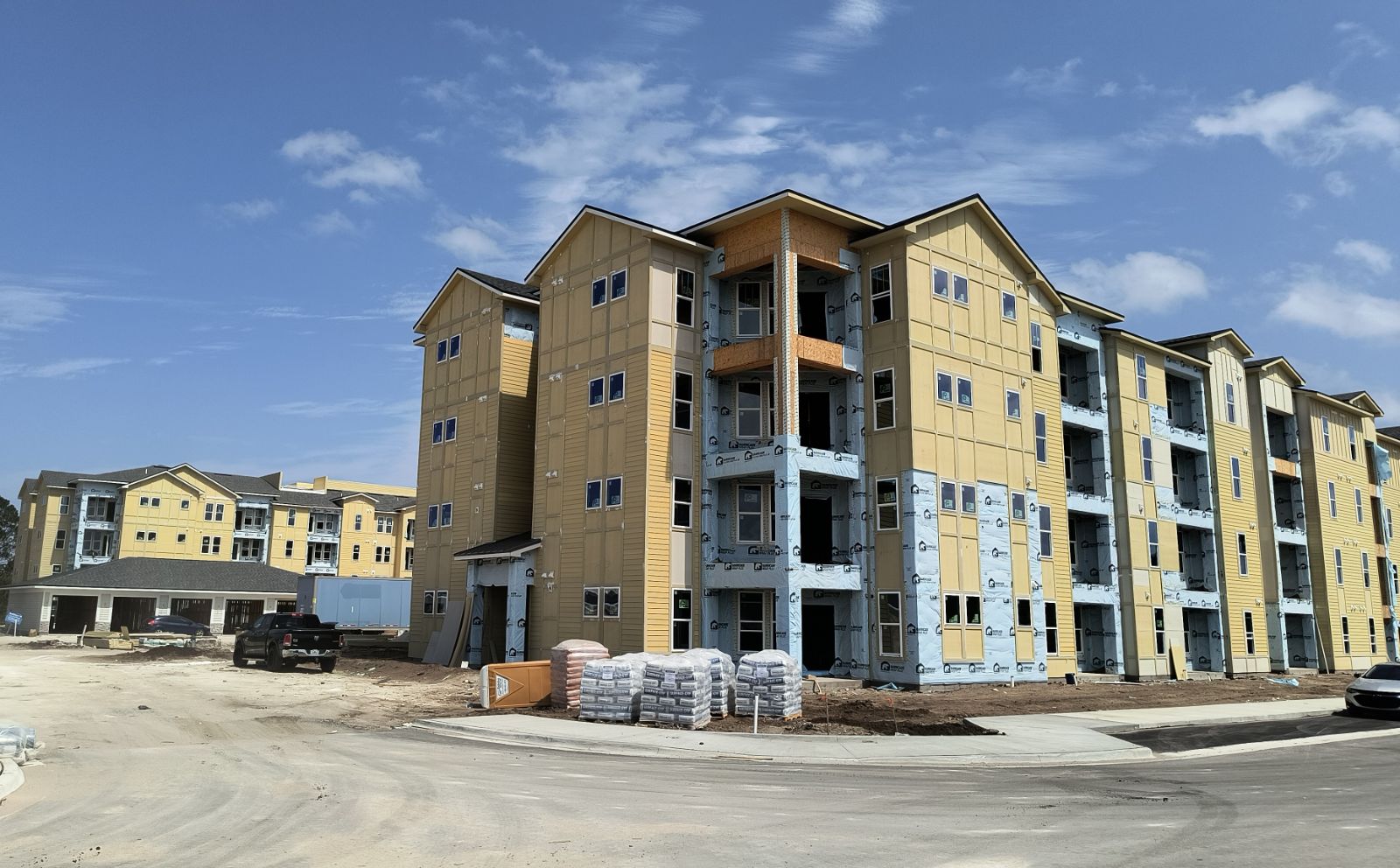

SUSTAINABILITY — Realtor Wickham is optimistic about the long-term pace of apartment development in Volusia County and particularly Daytona Beach. “Investors like Daytona Beach,” he says. “Overall, the market is still pretty strong…They are not making any more land, and downtown core areas are running out.” Besides, “you can get from Daytona Beach to Orlando in under an hour.”
However, he does believe that actual construction activity will slow down within six to 12 months. “You probably won’t see many new starts in the next year or so,” he says, noting that higher interest rates and a current oversupply of newly-built rental units.
There are many new apartments that need to be leased, he says and notes that some developers now are offering concessions such as temporary rental rate cuts. “in the longtail, we anticipate 2025 to have low but positive rent growth in the 1-2% range, then stabilizing back to the long term average of around 3% afterward.”
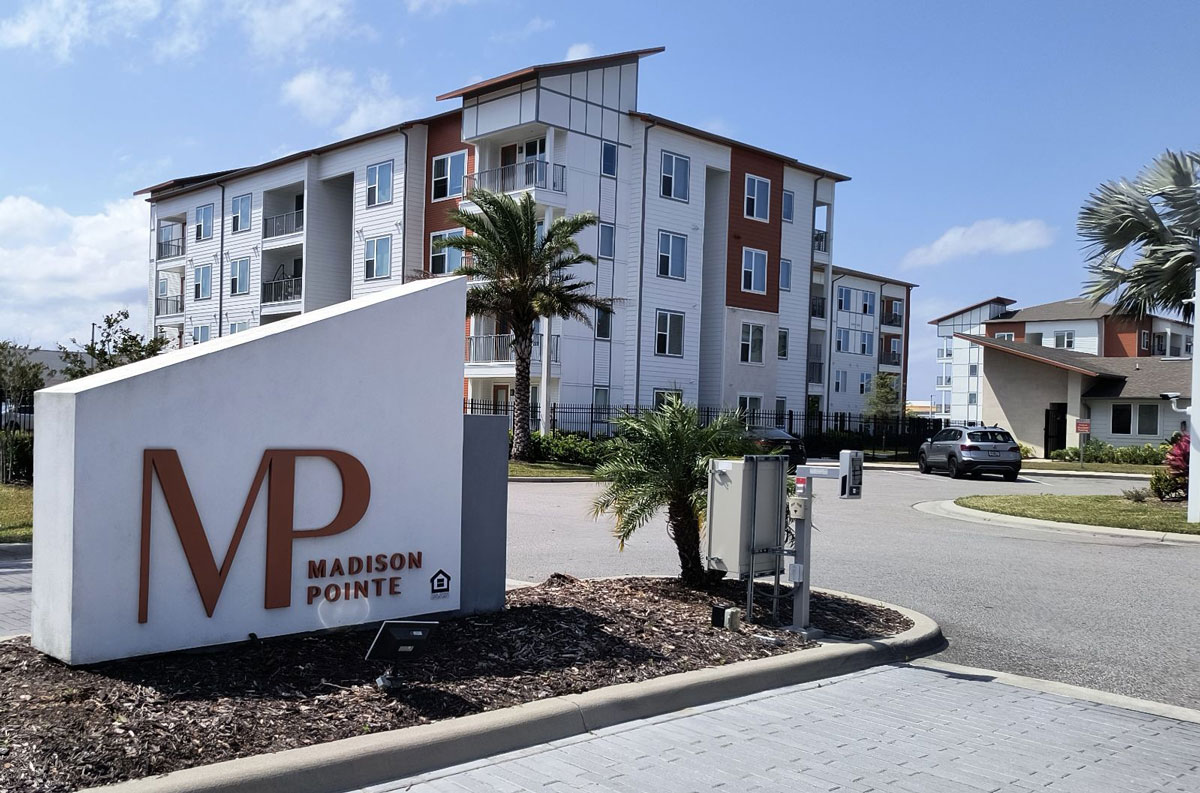
BUILDING RENTAL VS. SINGLE FAMILY — Comparing apartment development to that of single-family residences is a “completely different animal,” Wickham explains. “Most home buyers are ‘monthly payment’ buyers and are looking for primary, non-income producing residences. This requires a whole different perspective in regard to development feasibility versus building an income-producing complex with the intention of selling to the market.”


